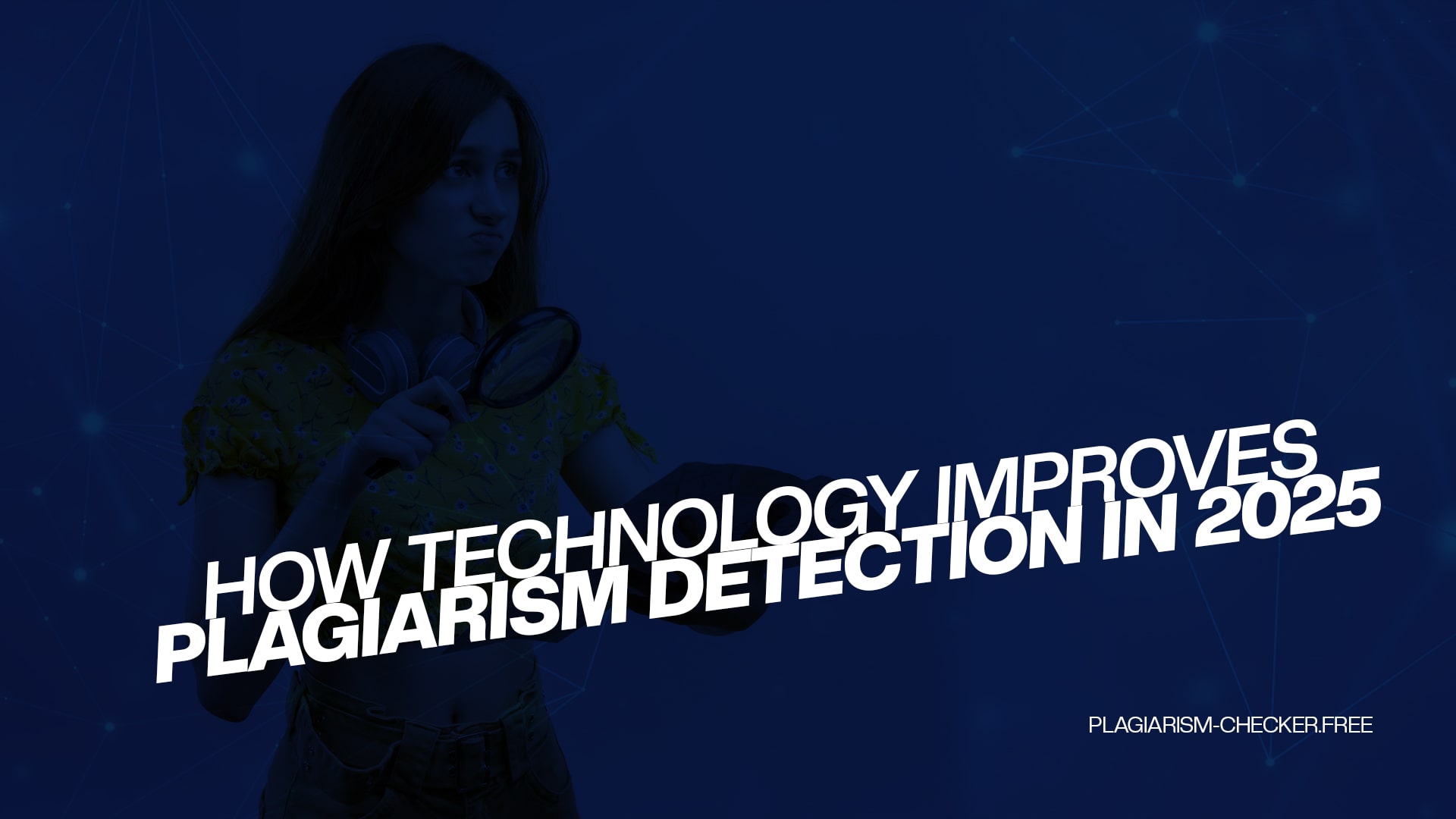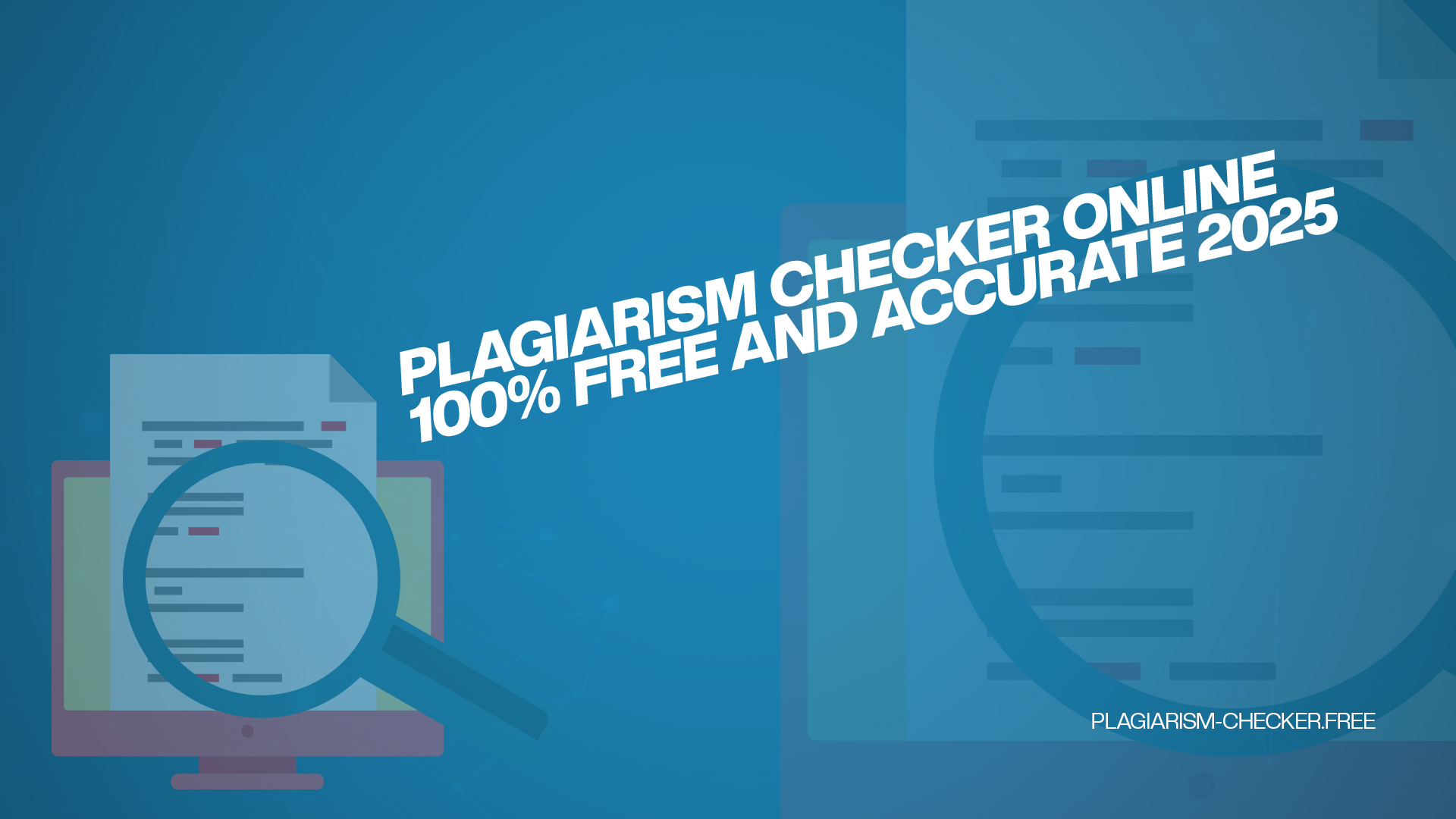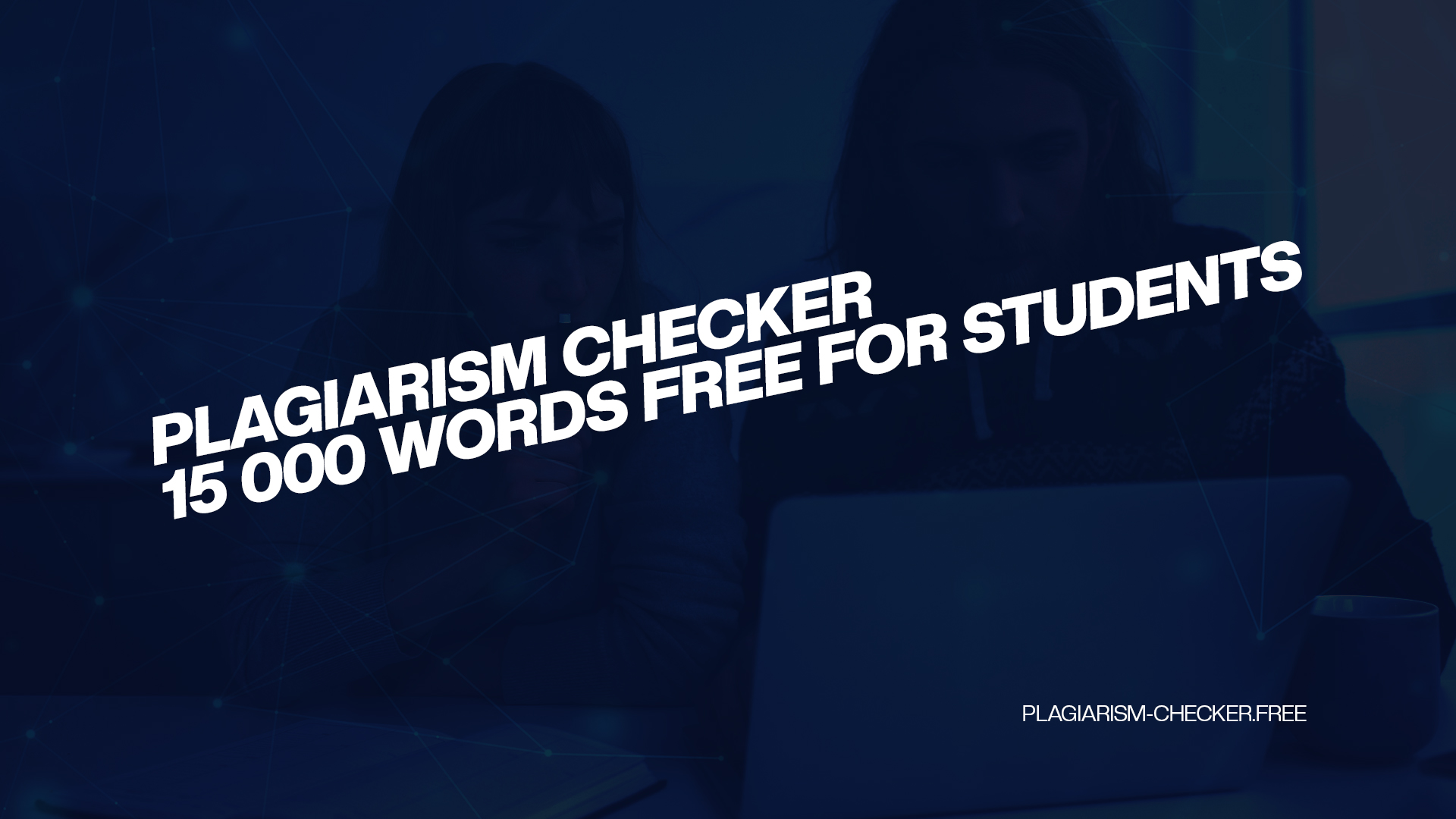
How Technology Improves Plagiarism Detection in 2025
In today’s world of fast-paced digital content creation, the need for accurate and efficient plagiarism detection tools is more essential than ever. The evolution of artificial intelligence (AI), machine learning (ML), and natural language processing (NLP) has transformed how we tackle intellectual theft. In 2025, technology plays a leading role in detecting plagiarism more accurately, faster, and with deeper insights than manual checking or older tools ever could. This article explores how technology has improved plagiarism detection and how users can check and remove plagiarism using Plagiarism-Checker.
The Evolution of Plagiarism Detection Technology
Years ago, plagiarism detection was limited to simple keyword and phrase matching. Most tools worked by comparing sentences from one document against a database of known content. However, these tools often failed to detect paraphrased or intelligently spun content. As the digital landscape grew, content became more diverse and complex. This led to the integration of cutting-edge technologies into plagiarism detection software.
Artificial Intelligence (AI) in Plagiarism Detection
AI allows plagiarism detection tools to analyze data more intelligently. In 2025, AI models will be trained to understand the context, intent, and meaning behind text. Instead of just comparing strings of words, AI looks at sentence structure, grammar, tone, and even writing style. This enables the Plagiarism-Checker to detect subtle forms of content theft that were previously hard to catch.
Some AI-based advancements include:
-
Semantic Matching: Detects paraphrased or reworded content with similar meaning.
-
Stylometry Analysis: Analyzes writing style to identify inconsistencies and possible content theft.
-
Contextual Learning: Understands the intent behind the text and flags plagiarized ideas, not just copied words.
Machine Learning (ML) Improves Accuracy Over Time
ML allows plagiarism detection tools to learn from previous scans. Every time a user checks content using the Plagiarism-Checker, the tool refines its algorithm based on new findings. This results in increasingly accurate detection with fewer false positives and negatives.
For example:
-
The tool learns to differentiate between common phrases and unique content.
-
It becomes better at ignoring properly cited material.
-
It detects repeated plagiarism patterns that human eyes might miss.
Natural Language Processing (NLP) in Action
NLP helps computers understand, interpret, and manipulate human language. When applied to plagiarism detection in 2025, NLP is used to:
-
Identify synonyms and rephrased sentences.
-
Recognize translated plagiarism (from one language to another).
-
Understand context across different languages and writing styles.
With NLP, the Plagiarism-Checker can even detect plagiarism in translated articles or hybrid-language content that uses a mix of English and other languages.
Cloud-Based Scanning for Large Datasets
In the past, checking plagiarism in a large academic paper or website with hundreds of pages was time-consuming. Cloud technology in 2025 has changed this. Now, tools like Plagiarism-Checker use cloud-based processing to scan documents in seconds, even if they contain thousands of words.
Cloud-based advantages:
-
Scalability to check large volumes of content.
-
Real-time scanning with instant results.
-
Integration with learning management systems, publishing platforms, and SEO tools.
How to Check Plagiarism Online Using Plagiarism-Checker
Checking plagiarism has never been easier. Plagiarism-Checker offers a user-friendly platform that provides instant results, even for lengthy documents.
Here’s how you can check plagiarism online:
-
Visit the Plagiarism-Checker tool.
-
Paste your content into the text box or upload a document file (DOCX, PDF, TXT).
-
Click the "Check Plagiarism" button.
-
Review the results. The tool will show:
-
Plagiarized percentage.
-
Matched sources.
-
Highlighted duplicate sections.
-
-
Download the report for proof or editing.
Benefits of Using Online Plagiarism Checkers
-
Time-Saving: No need to scan manually.
-
Accurate: Advanced AI checks for paraphrased or hidden duplication.
-
Free to Use: Plagiarism-Checker offers a free and accurate checking experience.
-
Secure: Your data stays private and is not stored.
-
Detailed Reports: Includes links to sources, match percentages, and suggestions.
How to Remove Plagiarism from Your Content
Removing plagiarism is not just about changing words. It involves understanding the idea and expressing it in your language while crediting the source.
1. Paraphrasing Correctly
Use your own words without changing the meaning. AI-based rephrasing tools can help, but manual rewriting ensures originality.
2. Use Quotations and Citations
When quoting directly, use quotation marks and cite the original author or source.
3. Summarize
Instead of copying paragraphs, summarize the content and include your thoughts.
4. Use Plagiarism-Checker Frequently
After making changes, recheck your document using Plagiarism-Checker to ensure all duplicated parts are removed.
5. Maintain Your Voice
Develop a unique writing style. Tools like stylometry analysis can help you evaluate your tone and language.
Brain Teach: The Smart Way to Learn Ethical Writing
Brain Teach is a digital literacy and writing initiative that helps students, researchers, and writers develop original writing skills. In 2025, Brain Teach integrates AI tutorials, smart writing exercises, and plagiarism education into one easy-to-use platform.
Features of Brain Teach:
-
Writing Ethics Modules: Learn what constitutes plagiarism and how to avoid it.
-
Interactive Paraphrasing Tools: Practice rewriting content with real-time feedback.
-
Citation Training: Understand how to credit sources correctly.
-
Personalized Feedback: AI guides you through improving originality.
Brain Teach complements tools like Plagiarism-Checker by promoting ethical writing habits and a deep understanding of intellectual integrity.
The Future of Plagiarism Detection Beyond 2025
Technology will continue to improve how plagiarism is detected and prevented:
-
Blockchain for Authorship Verification: Proof of content ownership using blockchain.
-
AI-Generated Content Detection: Tools will identify content written by AI without proper disclosure.
-
Cross-Disciplinary Plagiarism Scanning: Checking against databases of music, code, images, and design.
Plagiarism-Checker is likely to evolve with these trends, offering stronger detection tools, improved data privacy, and deeper educational features.
Conclusion
In 2025, technology has become a powerful ally in the fight against plagiarism. Through AI, machine learning, natural language processing, and cloud computing, Plagiarism-Checker offers faster, smarter, and more accurate detection. With the help of platforms like Brain Teach, writers not only detect and remove plagiarism but also learn to create original, ethical content. Whether you're a student, blogger, academic, or business professional, leveraging modern plagiarism detection tools is no longer optional—it’s essential.



